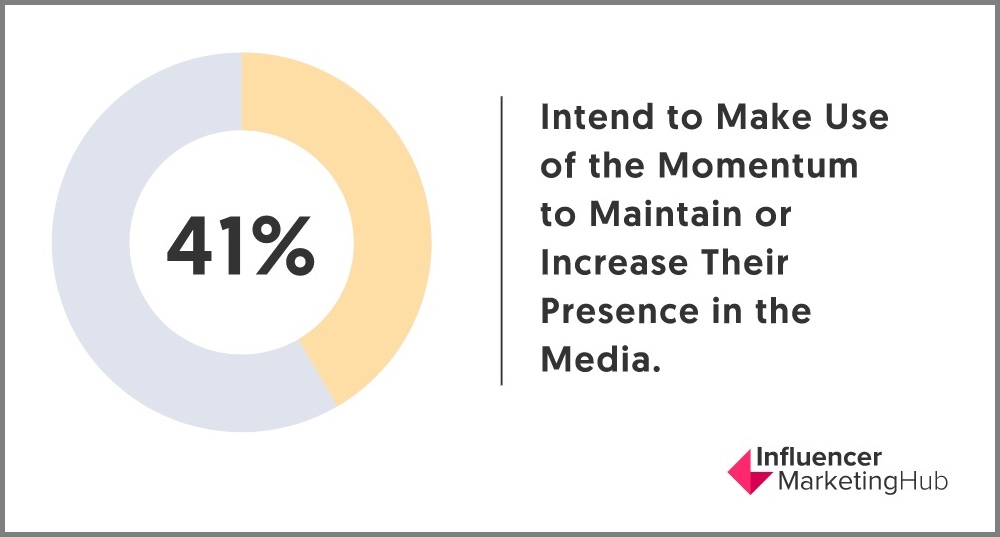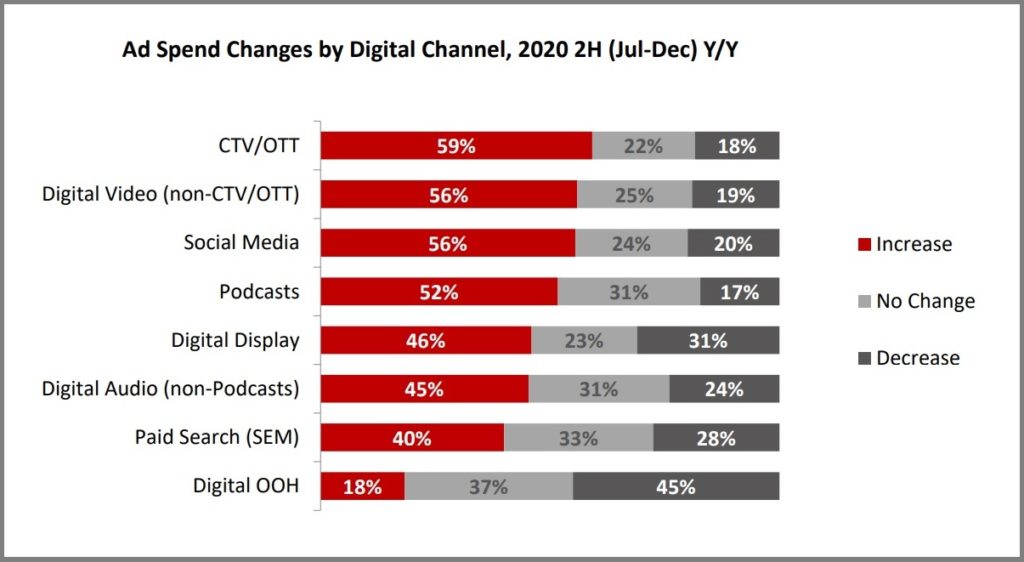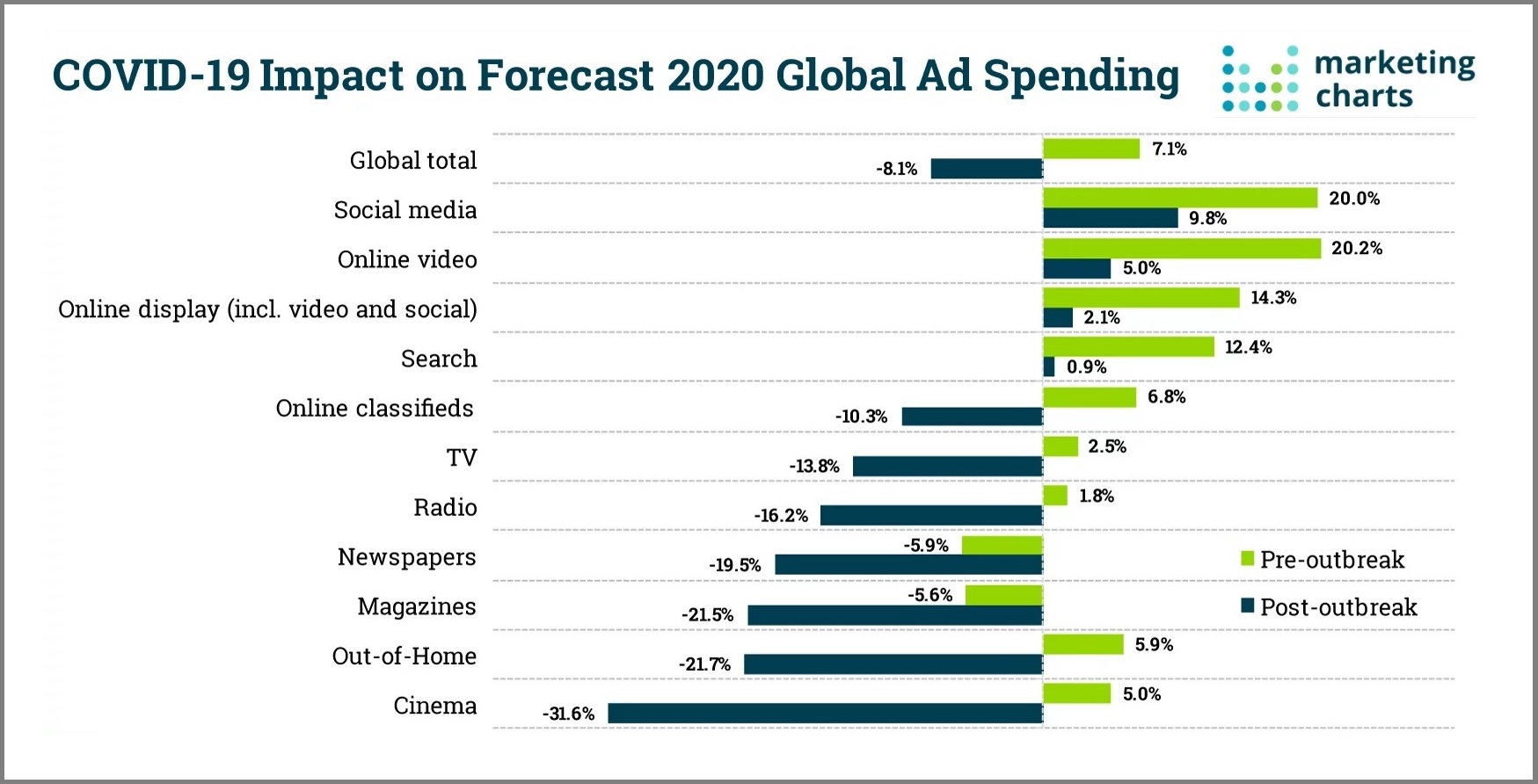The reported development of a new, US-only TikTok app raises significant questions about how advertisers will be impacted.

How is the marketing landscape going to look after COVID-19? Should businesses go back to following the same strategies that worked for them in the past, or have we entered into a whole new territory?
Realistically, both of those assessments are correct. Following marketing best practices is still important, yet much has changed about what businesses should prioritize and focus on. Arguably the most important tactic that will help businesses navigate the post-pandemic ecosystem is monitoring marketing ROI. Here’s why:
Many businesses have downscaled their marketing efforts significantly since the pandemic began. It just didn’t seem like the right time to be pushing the public into buying products and services.
Now we’re many months down the road and the economy is still running. The vast majority of marketing organizations that took a break at the onset of COVID-19 have returned to work. Many never rolled back their initiatives. According to Advertiser Perceptions, only one in 10 new product or service launches have been canceled for 2020; 41% are proceeding as planned, and 48% were simply pushed to the second half of the year.
While there are, of course, plenty of businesses that are still in survival mode, many are not. Influencer Marketing Hub’s recent Coronavirus Marketing & Ad Spend Impact Report indicates that one in four companies are set to increase their marketing activities this year. So if your competitors aren’t taking a break, why should you?

A large number of CMOs are investing heavily right now. If you want to keep up with your competition—or even outpace and outperform them—you need to ramp up your performance monitoring and optimize your marketing strategy post-pandemic.
Previous campaign performance has always been a valuable indicator of what to expect from your current efforts. However, that’s all completely changed. Adapting to new economic and societal norms is bringing businesses into whole new territory.
Marketers now are changing which channels they invest in and how much budget they allocate towards each. IAB’s COVID Impact on Ad Spend Report documents that many brands expect to increase their spend across digital channels in the second half of 2020, including CTV/OTT, digital video, social media, podcasts, digital audio, and paid search.

With that in mind, it’s safe to say that your previous marketing results won’t tell you much about how your campaigns will perform right now. Metrics tracking lead generation, conversions, sales, and retention can be drastically different from what they were back in January. The only way to know if your current marketing efforts are effective is by paying close attention to real-time performance trends.
The global pandemic has led to drastic changes in consumer sentiment. If you want your marketing message to resonate with your target audiences, you need to continuously adapt it to their current preferences. You’ve probably seen a lot of marketers already doing this with new advertisements. Businesses are going out of their way to show how they care and help their communities—those in the restaurant and travel industries, for instance, have been highlighting their sanitation practices to ease consumer fears.
As the pandemic continues to unfold, preferences among consumer groups change week-to-week (and almost day-to-day!) The best way to ensure your marketing message is still relevant in the long run is by constantly and maniacally monitoring performance.
According to a recent Media Frenzy Global survey, 47% of US consumers are interested in reading or hearing news that is not related to the pandemic, and 45% also say they want to be inspired by brands so they can be hopeful about the future. Your brand can cater to these changing sentiments, but only if you’re closely observing audience reactions and adapting accordingly.
Just about every business sector has been negatively affected by COVID-19, either directly or indirectly. According to research from McKinsey & Company, it could take more than five years for the most severely affected sectors to return to 2019-level contributions to GDP:

Regardless of whether your industry is set to recover, it could take a long time to reach pre-pandemic levels. Business leaders need to operate frugally while still moving forward with their sales and marketing initiatives.
The best way to do this is by ensuring every marketing dollar counts. The more you check your metrics, the more informed optimizations you can make to your campaigns, ensuring your budget is always spent as effectively as possible.
Just about every day, we are seeing new restrictions, shutdowns, and major events happening around the world in real-time. Many of these events can significantly impact your business and marketing efforts.
For example, many cities in the US and around the world are quickly imposing local lockdowns that include closing select businesses and limiting the opening hours of others. But you don’t want to leave your Google Ads running until 10pm each day when your business is suddenly forced to shut down at 5pm.
It also makes a lot of sense to segment your audiences based on their location and local sentiment. People in certain areas are more inclined to shop in-store or online, and the only way you can figure this out—and take advantage of it—is by paying close attention to how they engage with your marketing message.
Throughout the last few months, certain channels have become significantly more (or less) popular with marketers compared to pre-pandemic times, and this means there are numerous opportunities you can take advantage of. Advertising is a prime example: a recent global advertising investment forecast from WARC shows that 2020 ad spend is expected to decline by 8.1%, rather than growing 7.1% year-over-year as expected.

Since businesses are investing less in advertising, competition for ad rank and cost-per-click is decreasing. If you optimize your advertising strategy right now, you can potentially rank well for keywords that were once too expensive to target. That said, diving into this new territory is only going to be effective if you prioritize regularly measuring performance.
In short, there’s no need to be in survival mode. Research from Rakuten recently showed that 87% of global consumers still plan to shop for Christmas and other seasonal holidays. What’s more, 57% expect to buy on key days like Black Friday. Imagine competing for ad space on Cyber Monday with half of your competition out of the advertising game. Businesses that are brave enough to take an aggressive marketing approach right now can set themselves up for significant success.
These are not normal times, which means businesses cannot rely upon a normal marketing strategy. If there was ever a time to start checking your marketing performance metrics several times per week, it’s now. Society, sentiment, marketing platforms, and business strategies are changing faster than ever before. If you don’t prioritize monitoring marketing ROI, don’t be surprised if your performance changes significantly each time you check-in.
The good news is you won’t have to be vigilant forever. Slowly, the world will go back to normal, and it will eventually become easier to predict the marketing landscape. Just keep monitoring performance closely. Once things level out with your metrics, you can start relying more on past performance again.
Paying close attention to marketing ROI may well be a chore, but it does come with many added benefits. Businesses that manage to market effectively through 2020 will have built a strategy that’s much more in-tune with consumer preferences in the long run.